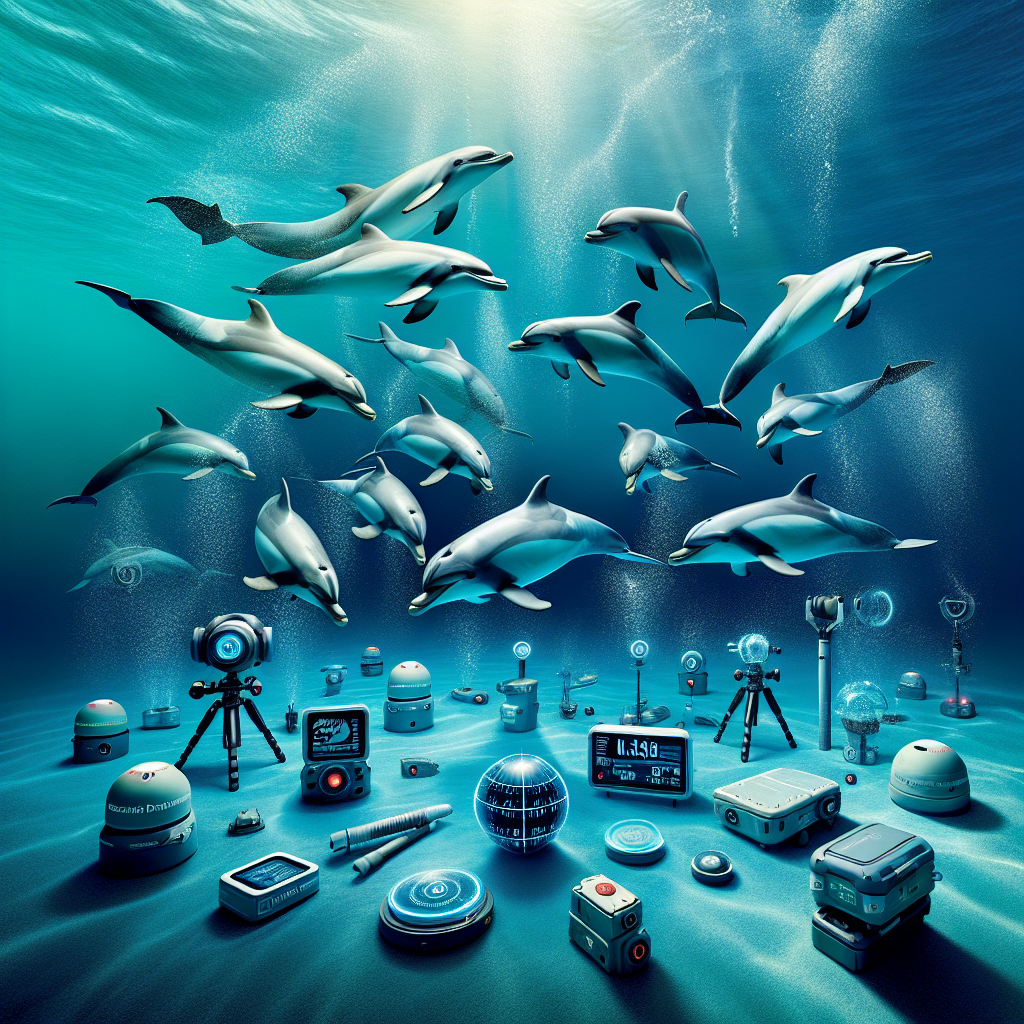The Secret Lives of Dolphins: What We’re Learning from Marine Research

Dolphins have long captivated the human imagination with their grace, intelligence, and playful behaviors. These marine mammals, which belong to the cetacean family, are not just skilled swimmers and acrobats; they are also social beings with complex lives. Recent marine research has unveiled fascinating insights into the secret lives of dolphins, revealing their social structures, communication methods, problem-solving abilities, and even their emotional depth.
The Social Structure of Dolphin Pods
One of the most remarkable discoveries about dolphins is their social structure. Dolphins tend to live in groups called pods, which can range from a few individuals to dozens or even hundreds. These pods are often composed of family members, and research has shown that dolphins form strong social bonds. In the wild, they engage in cooperative hunting strategies, demonstrating an understanding of teamwork that is impressive for non-human species.
Studies have indicated that female dolphins often remain with their maternal pods for life, reinforcing familial ties and collaboration in nurturing young calves. Females often support each other in caring for their young, enhancing the survival chances of the offspring. Males may form alliances as well, focusing on competition with other male pods during mating season while simultaneously maintaining their social networks within their groups.
Communication: A Language of Sounds
Dolphins are renowned for their sophisticated communication systems. They produce a range of sounds, including clicks, whistles, and body movements, which allow them to convey information about their environment, social relationships, and emotional states. Research has shown that dolphins have signature whistles—unique sound patterns that can identify individual dolphins, much like names in human society.
In a remarkable study, scientists discovered that dolphins can mimic the whistles of other dolphins, hinting at a level of social awareness and communication that suggests a form of social intelligence. This mimicry allows them to maintain relationships even when separated, reinforcing their social bonds.
Problem Solving and Innovative Behavior
Dolphins are also known for their remarkable problem-solving abilities. Research has demonstrated that they can learn through observation, allowing them to acquire new skills and adapt to challenges. In controlled experiments, dolphins have been shown to understand concepts such as numerical representation, even engaging in simple arithmetic through the manipulation of objects.
One particularly striking example of dolphin intelligence is their use of tools. In certain regions, researchers have observed dolphins using marine sponges to protect their snouts while foraging on the seafloor. This tool use is not only innovative but also indicates an ability to teach this behavior to younger dolphins, showcasing cultural transmission within pod groups.
Emotional Depth and Empathy
As research into dolphin behavior continues to evolve, scientists are uncovering evidence of emotional depth within these creatures. Dolphins display behaviors that suggest empathy, such as assisting injured or sick pod members. They have been observed helping calves that are struggling to breathe by bringing them to the surface, demonstrating a level of care and concern that underscores their social connectedness.
Moreover, dolphins engage in playful activities both with each other and with other species, including humans. This playful nature is crucial not just for social bonding but also for cognitive development, enhancing their learning abilities as they navigate their environment.
Conservation Implications
Understanding the secret lives of dolphins is not just an academic pursuit; it has significant implications for conservation efforts. As research highlights the complexities of dolphin social structures and their emotional lives, it raises ethical considerations regarding their treatment in aquariums, captivity, and the protection of their natural habitats.
As human activities such as pollution, fishing, and habitat destruction pose increasing threats to marine ecosystems, educating the public about the intelligence and emotional capabilities of dolphins can help garner support for conservation initiatives. Protecting these remarkable creatures—and the ecosystems they inhabit—becomes paramount, as their well-being is intertwined with the health of our oceans.
Conclusion
The ongoing research into the lives of dolphins continues to unveil the mysteries of these intelligent and social creatures. As we deepen our understanding of their communication, social structures, problem-solving abilities, and emotional depth, we not only gain insight into their world but also learn important lessons about our relationship with the natural environment. By fostering a greater appreciation for dolphins and other marine life, we can advocate for their protection, ensuring these extraordinary beings continue to thrive in oceans for generations to come.